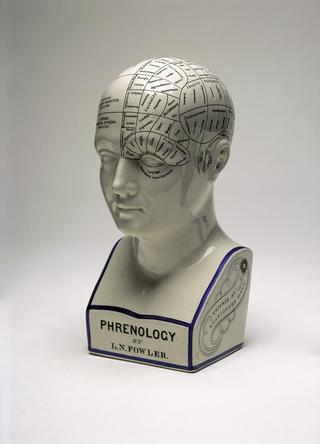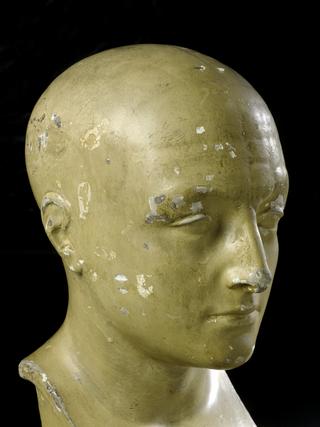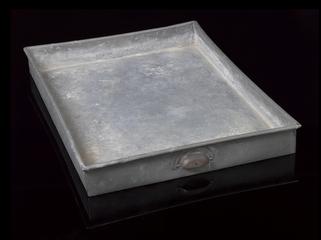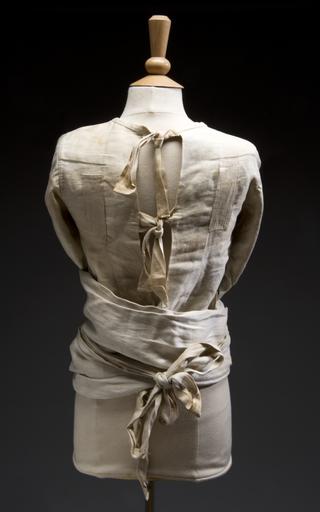
Rodent test chamber, 'Skinner Box', 1970-1980
- Made:
- 1970-1980 in United Kingdom



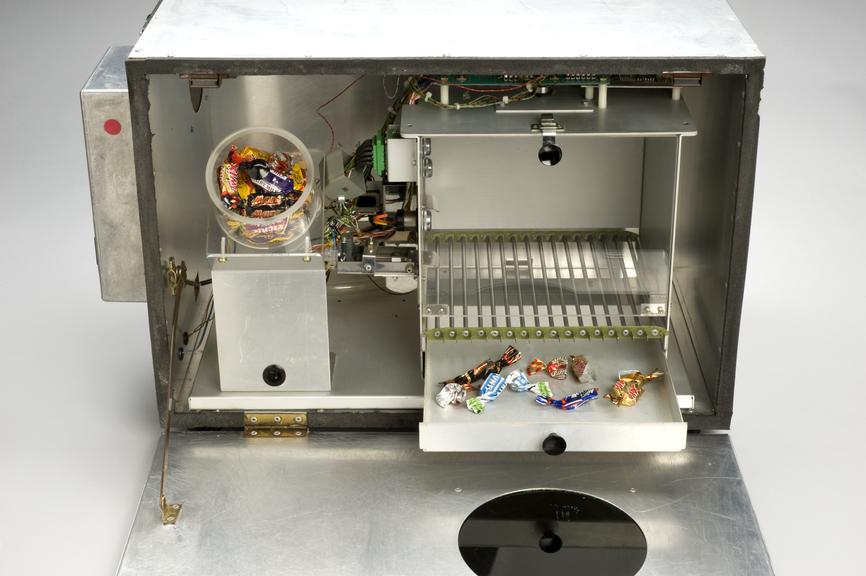
Rodent test chamber ("Skinner Box"), with feeding hopper, used in operant behaviour experiments in the rat at Guildhall University Psychology Department, 1970-1990.
The Skinner box, one of the most iconic tools of animal experimentation, was named after its inventor, American psychologist and learning theorist Burrhus Frederic Skinner (1904-90). Skinner called it an ‘operant conditioning chamber', because animals were rewarded or given a reinforcing stimulus when they exhibited a desired behaviour by 'operating' (usually, pressing or pecking) a lever or other simple sensor.
Operant conditioning is often used to shape behaviour. This example was used in behaviour experiments on rodents at the Guildhall University Psychology Department, between 1970 and 1990. Such experiments have been a focus of protest by animal rights activists. Although they seldom involve outright physical cruelty, they generally require animals to be under-fed for long stretches of time, since hunger is a powerful motivator.
The chocolates inside this box were not used in animal experiments. They were placed inside when the box was put on display in the Science Museum in 2001, in order to spark visitor reactions. Do you think humans can be conditioned as easily as 'lower' animals? In actual practice, operant conditioning techniques using chocolates have been used to help children with learning disabilities to learn to talk.
Details
- Category:
- Psychology, Psychiatry & Anthropometry
- Object Number:
- 1999-1037
- Measurements:
-
overall: 410 mm x 630 mm x 370 mm,
- type:
- skinner box
- credit:
- Guildhall University, Psychology Department
